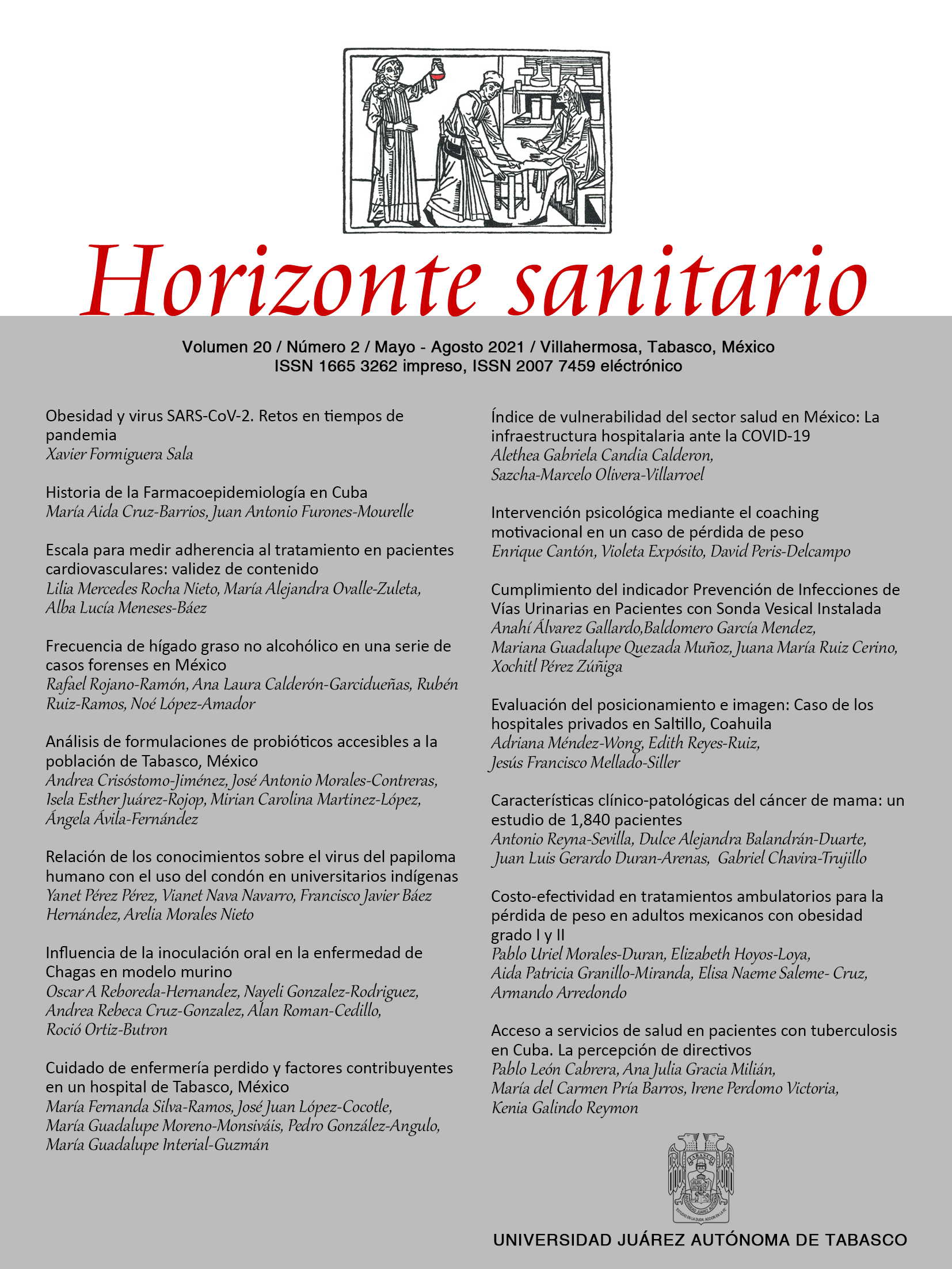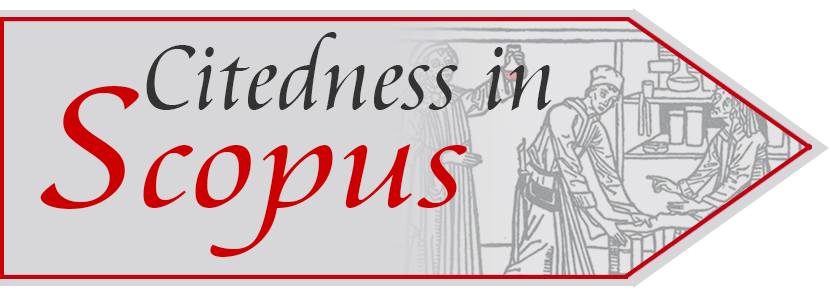Cost-effectiveness in outpatient treatments for weight loss in Mexican adults with grade I and II obesity.
DOI:
https://doi.org/10.19136/hs.a20n2.4061Abstract
Objective: To identify the most cost-effective intervention for the treatment of grade I and II obesity in the first level of care for a population without social security that requires the services of the Institute of Health and Wellbeing-INSABI. Material and Methods: A cost-effectiveness analysis was carried out from the provider's perspective. The costs of three treatments for obesity I and II in users of the first level of health care who lack social security were designed and calculated in the municipality of Coatetelco, Morelos. Each treatment was estimated for a period of one year. The effectiveness indicators were obtained through previous studies with characteristics similar to the designed interventions. Results: The intervention that presented the highest cost was drug treatment with $ 88,899.26 USD, followed by nutritional treatment with a cost of $ 31,647.57 USD and $ 57,189.49 USD in comprehensive treatment. The coefficient of effectiveness obtained was 0.1906 for nutritional treatment, followed by pharmacological treatment with 0.2168 and 0.2531 in comprehensive treatment. Conclusions: Nutritional treatment is the most cost-effective intervention in patients with grade I and II obesity who lack social security is nutritional treatment and who receive care at the first level of health care. Investing in these treatments can help reduce risk factors for the development of chronic diseases in Mexico.



































